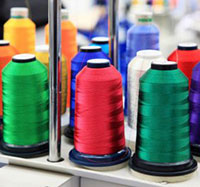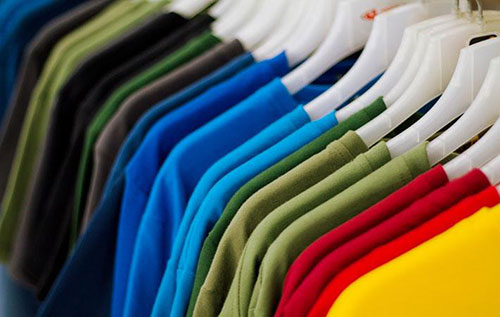 Countries trying to get back on their feet post COVID-19 need to remember that the textile and apparel industry can help them build a base for other technologically demanding industries. It can create new employment opportunities during the pandemic as the share of employment across total manufacturing workforce is significant; particularly in the Islamic Development Bank (IsDB) member countries.
Countries trying to get back on their feet post COVID-19 need to remember that the textile and apparel industry can help them build a base for other technologically demanding industries. It can create new employment opportunities during the pandemic as the share of employment across total manufacturing workforce is significant; particularly in the Islamic Development Bank (IsDB) member countries.
The 57 member countries of IsDB represent the purchasing power of almost one quarter of the world’s population. These countries have GDP growth rates of up to 8 per cent per year which further enhances their potential to increase their market share in global economy.
Investing in sustainable fibers for tangible benefits
Investing in the textile and apparel market can help IsDB countries yield tangible economic benefits. These countries can invest in sustainable and recycled fibers that are poised to replace resource-intensive raw materials at an increasing pace. They can also invest in technical, smart textiles that can be used in several industries such as automotive, construction and medical equipment.
countries can invest in sustainable and recycled fibers that are poised to replace resource-intensive raw materials at an increasing pace. They can also invest in technical, smart textiles that can be used in several industries such as automotive, construction and medical equipment.
The future of textile and apparel industry is likely to be shaped by emerging transformative technologies like data applications, artificial intelligence (AI), machine learning, and 3D printing. Additionally, blockchain technology will help create transparency and traceability across supply chain.
Another major change expected to occur post COVID-19 is the industry’s shift to nearshoring. This will ensure that factories are closer to their final markets. Leading firms will collaborate with first-tier suppliers to meet demand and reduce lead times. The structure of future textile and apparel market will be determined by a country’s location, and its ability to provide cost-effective production, competitive skills, quality products and efficient lead times.
Collaborations to drive success
To restart economies, countries will have to strengthen and broaden processing capabilities, develop sustainable textiles and apparels and build the country’s image as the ultimate destination for textiles and apparel industry. To make these changes, it is advisable for the textile and apparel sector to collaborate with industry associations within and across countries. Joint projects with universities can strengthen knowledge exchange and drive innovations. Partnerships with brands and knitting houses or weaving mills will help the industry foster more vertical integration for companies.
IsDB has set clear goals to catalyze private and public investment and drive competitiveness of key industries linked to the global market. The bank is building a platform for member countries that would bring together a range of stakeholders to increase trade and investment relations; co-finance arrangements with the public and private sectors; multilateral development banks and other international organizations; and boost private-sector engagement in development interventions.
To overcome the hurdles created by COVID-19, the industry will have to form new collaborations and adopt a value-based approach. Countries and firms that quickly adapt to the changing scenario will succeed in the long term.












